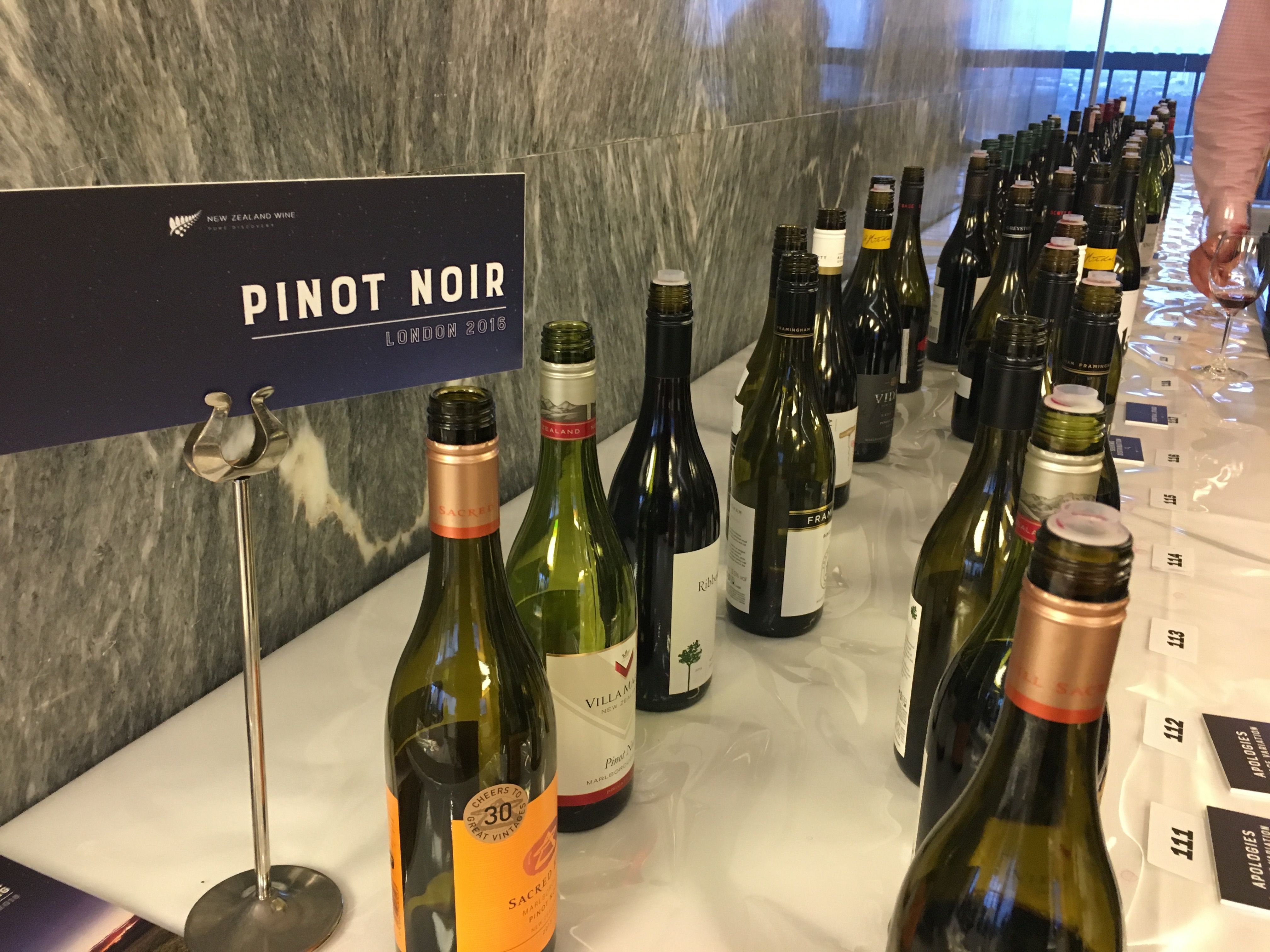New Zealand discoveries included sparkling, Pinot Gris, Gewurtz, still Blanc de Noir, Chardonnay and some truly outstanding Pinot Noirs from the 2015 vintage.
With 161 wines on show in 20 different categories or varietals, The Buyer this year decided to divide its efforts. Roger Jones was dispatched towards the whites to determine whether New Zealand Sauvignon Blanc had ‘regained its dignity’. His assessment of 54 wines from can be found here.

This scribe then took on everything but Sauvignon Blanc.
Some notes about Sparking and Riesling
There were four sparklers from two estates and it was clear that the three wines from the No.1 Family Estate were a real find.

All three were non-vintage and were crowd-pleasing, well made wines and well worth the asking price – from the ‘entry level’ Assemblé that had a clean, fresh bready quality, to the more citrusy Cuvée No.1 to the No.1 Reserve that had a similar dosage to the Cuvée No.1 but a much fuller mousse, mouthfeel, richness, complexity and length on account of its extended time on the lees.
Riesling only forms a fraction of wine that New Zealand exports and in 2015 that was about a tenth of previous years, so we are talking about niche wines here from a UK perspective.
As a big fan of the grape I have always struggled with this category when produced away from Germany and Austria and would much rather buy a Kabinet for a third of the price of wines coming from Australia or from New Zealand. Tasmania is one of the few New World regions where I do feel they make Riesling their very own.
The 2016s here were no exception. The Dry Rieslings were young on the nose while some of the sweeter wines from Central Otago were struggling for balance. The 2014 and 2015s were tasting well. If I had to pick a couple I would go for Felton Road Block 1 Riesling Bannockburn, Central Otago, 2016 which was nicely integrated and balanced (given its 66 g/L) and the Ribbonwood Riesling from Marlborough 2014 that was pretty and petroly at the same time and well worth its £11.25 price.
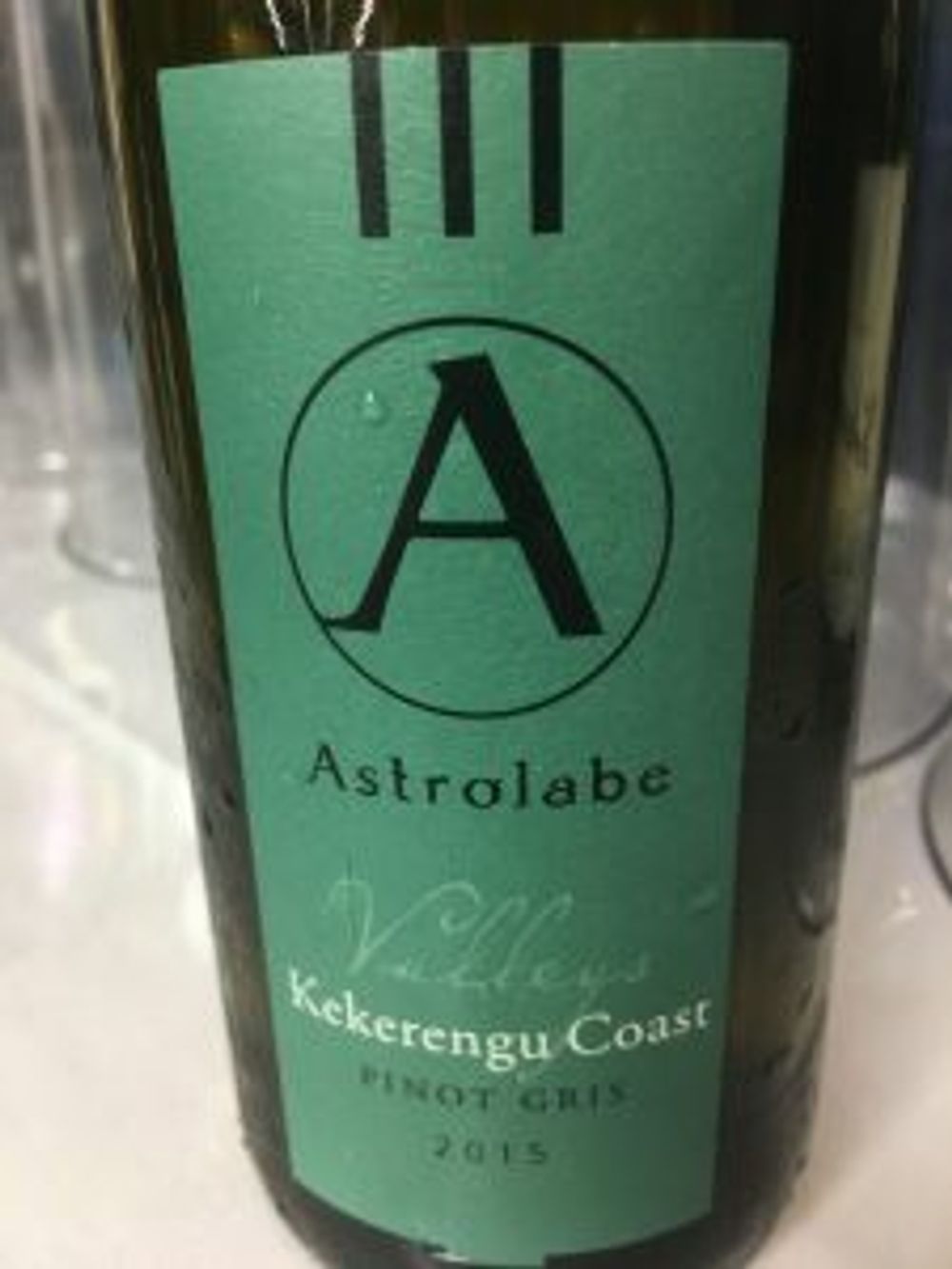
Pinot Gris and other whites
The Pinot Gris were showing well and, true to form, displayed greater structure from the South Island compared to the richer more oily styles from the North.
The two I picked out were both from Marlborough: The Yealands Estate Single Vineyard Pinot Gris Awatere Valley 2016 that ticked all the boxes, had terrific flavour and a steady length and good value at £12.99. I also liked Astrolabe Kekerengu Coast Pinot Gris 2015 which was a new one for me and stood out from the rest with more pronounced, lifted aromatics, tight, citrus notes and great focus.
There were five varietals on the Other Whites table, only one of which I would pick out to buy. The Spy Valley Gewurtztraminer Waihopai, Marlborough 2015 was a real stand out and quite original in style.
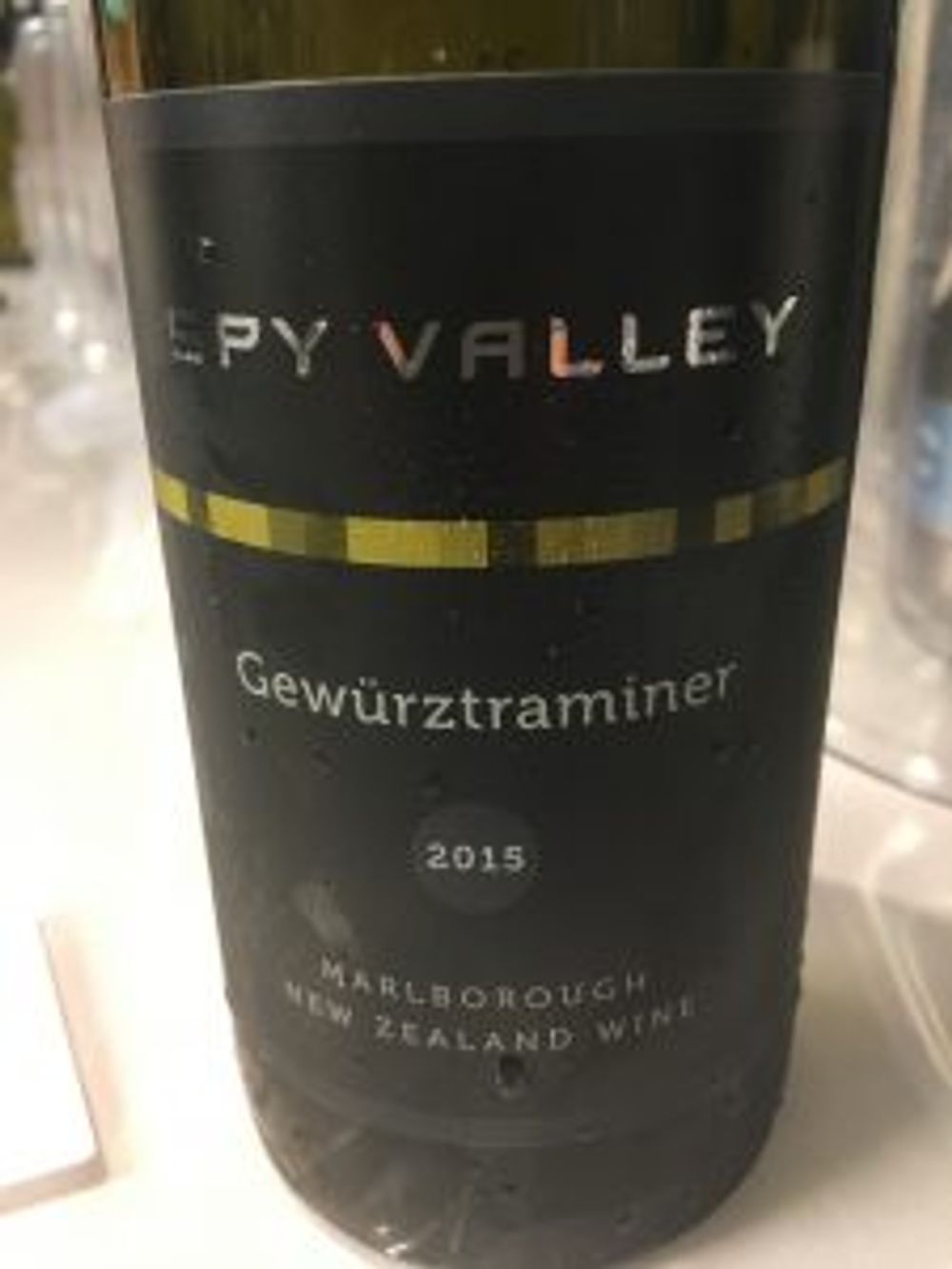
On the nose it was all rose petal – subtle in a light, fresh way rather than concentrated Rosewater; on the palate it was pure candied ginger, again in a nice way. This would be perfect as a by-the-glass with dishes containing Thai or Indian herbs and spices and, with 10 g/L sugar, would not tire the palate during a meal compared, say, to some Rieslings.
Chardonnays were showing well
As with most New Zealand wines, climate is the most significant factor regards difference in regional styles. With the 2015 Chardonnays on show this was very noticeable.
Hawke’s Bay in particular had a lot of reduction in the wines and not my style at all. Rod McDonald’s Trademark Chardonnay 2015 was the exception, the best of the five from the region but you are having to pay £40 odd for the privilege.
The Chardonnays from Central Otago were overall far more attractive with layers of fruit, honey, white flowers, balanced acidity with lean citrus edges still noticeable and a generally more structured focus to the wines.
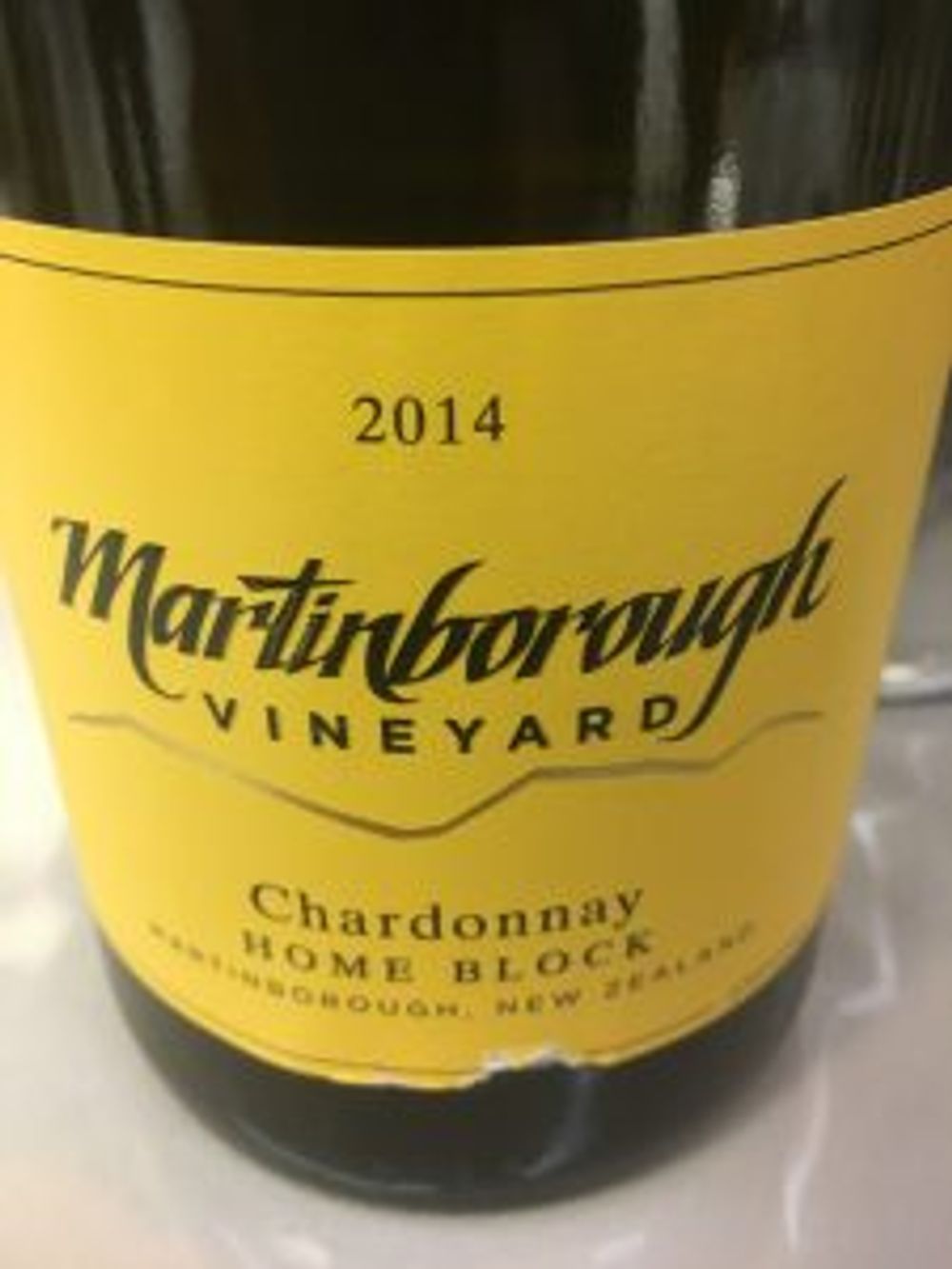
I also liked the wines from Wairapa but, situated after Hawke’s Bay on the tasting table, this may have been because it was a relief.
My pick was the Martinborough Vineyard Home Block Chardonnay, Wairapa 2014 that had a delightful nose, good grapefruit acidity with just the right touch of vanilla and cream on the finish. The Escarpment Kupe Chardonnay 2014 was also good with the citrus turned up to 11.
Both those wines are tagged at £25 in the UK, but for cheaper, by-the-glass wines I would opt for Astrolabe Province Chardonnay Mid-Wairau and Southern Valleys, 2014 that was light, easy going (£9.80) and Villa Maria Cellar Selection Chardonnay 2015 (£13.35) that had bags of flavour, good texture and a persistent finish. Both wines from Marlborough.
Blanc De Noir and Rosé
A reflection, perhaps, of how difficult it is to categorise still Blanc De Noir is that it was shown under the White Blends & Rosé section, although it could easily have belonged under Other Whites or indeed red!
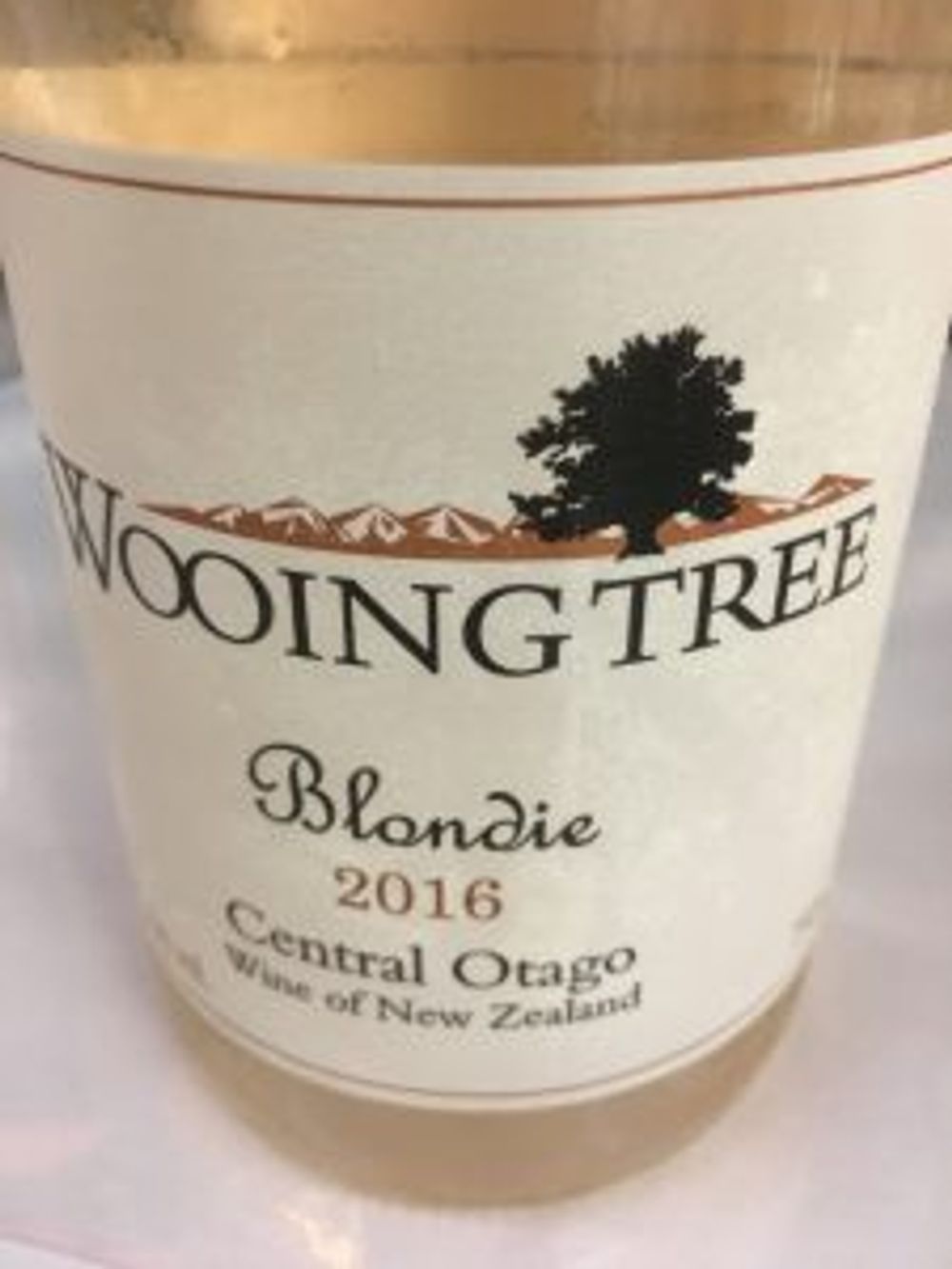
Both wines here, Felton Road’s Vin Gris Pinot Noir, Bannockburn, Central Otago 2016 and Wooing Tree‘s Blondie, Cromwell, Central Otago 2016 were unusual, distinctive and quite alluring.
Both come from some of the most Southerly vineyards in the world and have a well-judged structure.
In the case of the Felton Road the wine had a fine pale salmon colour and layers of interesting flavours – stone fruit, white flowers, honey. For me the Blondie had the slight edge. Even though you could feel its 5.2 g/l sugar on the tongue it was nicely balanced and finished well.
The two Rosés were not wines that you would seek out, in fact I am not entirely sure what the market for NZ Rosé is in the first place.
Pinot Noir – time to really roll the sleeves up
The overriding impression, after tasting 16 of the 2015 vintage and 18 of the 2014, is that Pinot Noir from New Zealand is just so damn consistent.
There were a couple of wines that were too concentrated for my taste or whose acidity couldn’t cope with the ABV, but they were real exceptions. On the whole, it’s true to say that with the exception of Mornington Peninsula, Tasmania and Patagonia, New Zealand is currently making the most exciting Pinot Noir outside of Burgundy. And the prices, comparatively speaking, make for attractive reading too.
The headline from this tasting is that the 2014s are drinking superbly and are still largely available, it being such a bumper crop, while the 2015s are perhaps more concentrated with particular ripeness in the wines coming from Central Otago – in a good way not a critical one – 2015 is an exceptional vintage too.

The 2015 vintage wines from Marlborough made at Ribbonwood, Framingham, Saint Clair and Allan Scott Family were all hugely attractive, well-made wines with a roundness on the palate, generous fruit and good balance. The Vidal Reserve was perhaps my favourite but only by a slender margin, there was more grip in the tannin here, more rhubarb than raspberry if you like.
The wines from Central Otago, however, really stole the show for me and were wines that I returned to. The Rua from Akarua and the Akitu A2 had pretty, lifted aromatics and full, balanced flavour. But, cliché or not, all roads led to Felton.
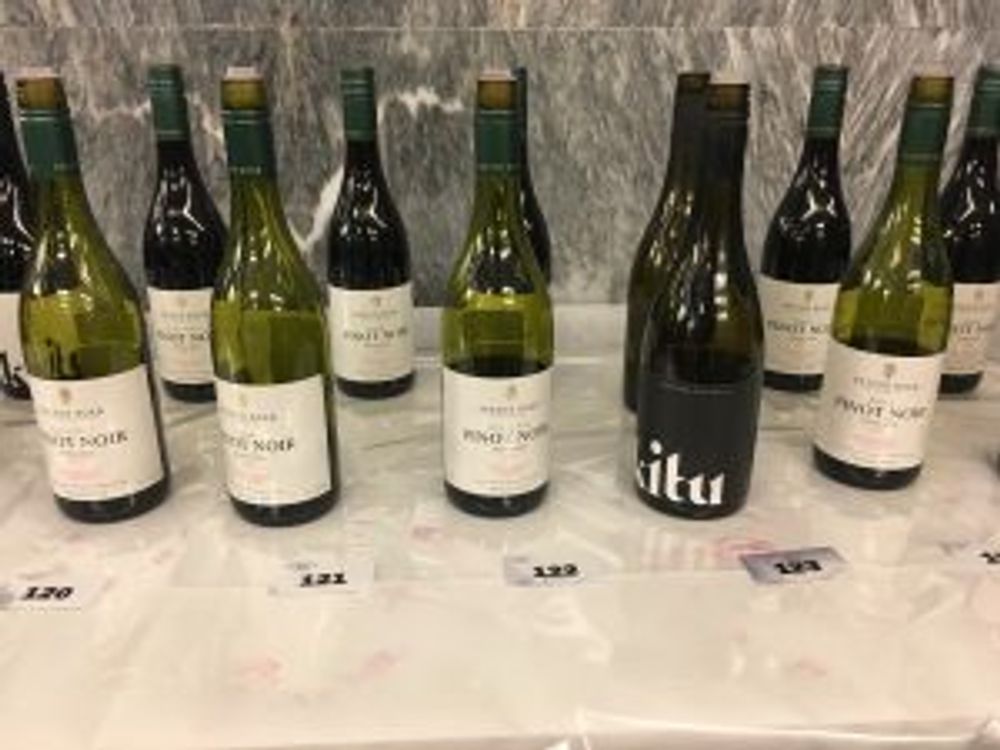
Felton Road was showing five Pinots and they were all of the very highest order. The Felton Road Pinot Noir Bannockburn had a farmyard nose, a sweeter edge and roundness to the fruit, The Calvert was tighter with more texture and focus, while the Cornish Point was more sousbois, farmyard and possessed enormous depth.
The differences between the Felton Road Block 3 and Block 5 were subtle but noticeable. These are staggeringly good wines which have got everything you would want from a New World Pinot Noir. These are fruit-driven wines for sure, especially in his vintage, but they have structure and elegance too.
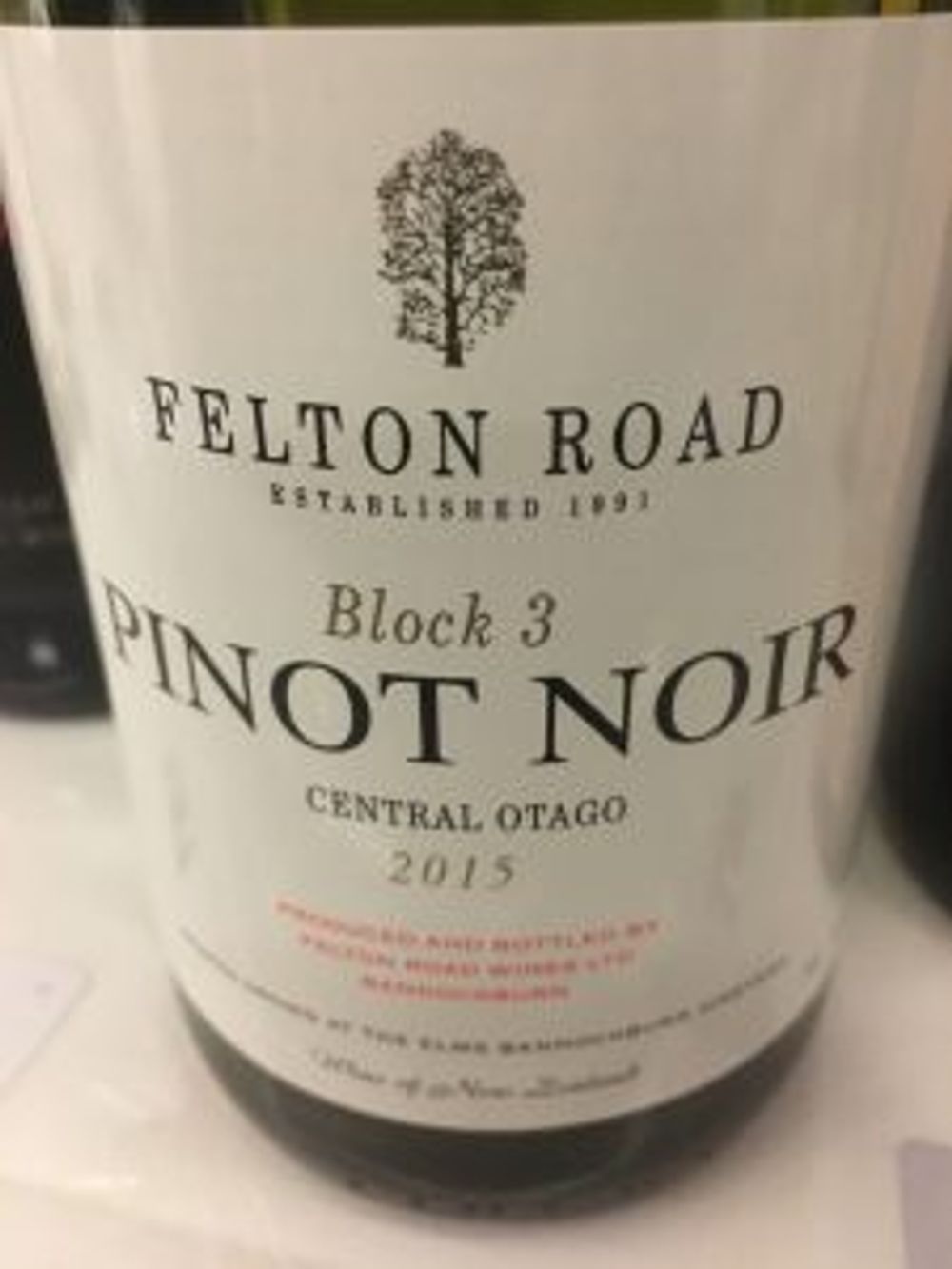
My wine of the tasting. And I wasn’t alone.
Block 3 was my wine of the entire tasting by some margin and I wasn’t alone. You can tell at a tasting where the tastiest morsels are and (at the risk of getting all Cantona-esque) you can see the gaggle of buyers and critics like seagulls gathered around the prized bottles. In this case it was Blocks 3 and 5.
There were also wines from both the 2014 and 2013 vintages. My pick was the Te Wahi Cloudy Bay 2014 that was massive in all respects but well made at the same time, and in 2013 – Prophet’s Rock, Avarua and Wooing Tree were all showing really well.
By now I think I was Pinot Noir blind and headed back to the seagulls.
En route I passed ‘the lad Jones’ sniffing a glass of Sauvignon Blanc, muttering something about cats pee.
Now where was that Block 3?
